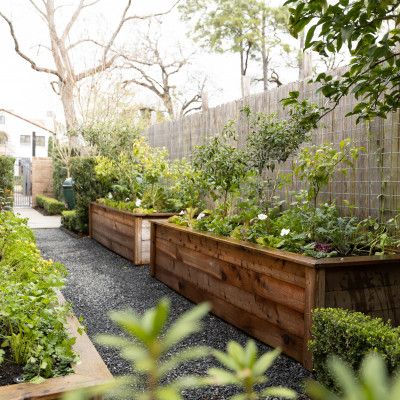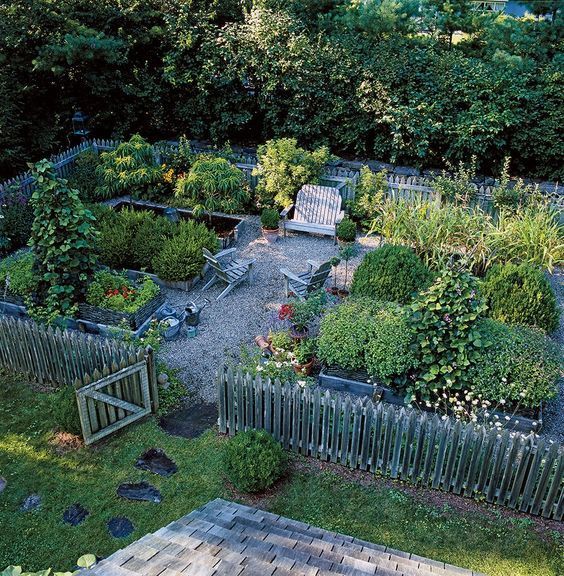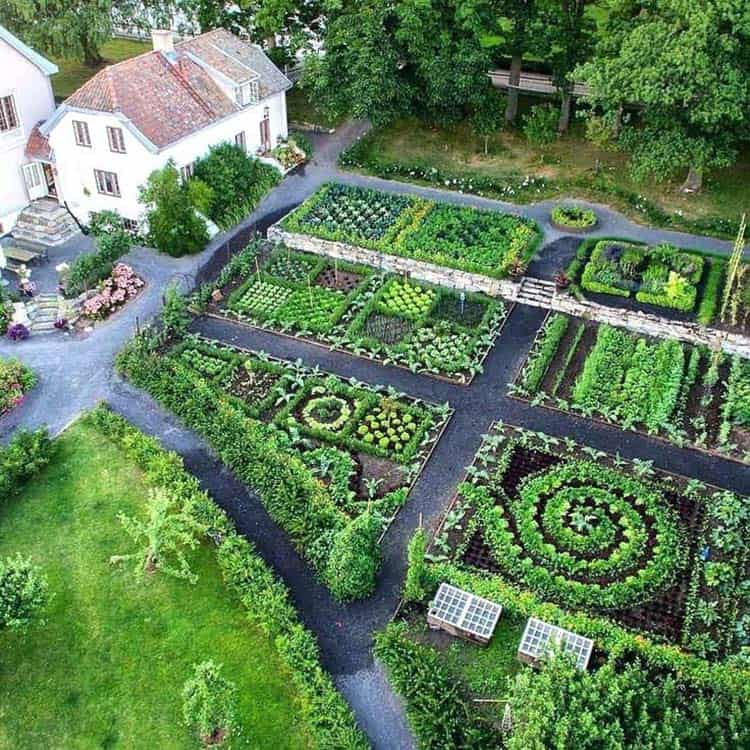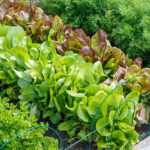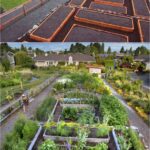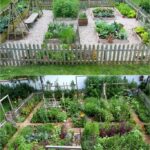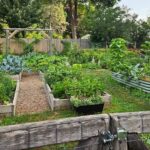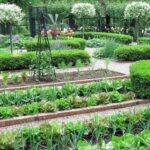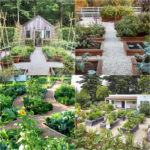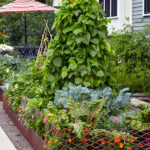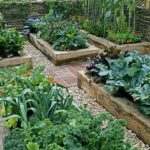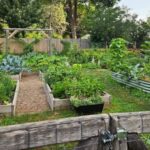A well-designed vegetable garden can provide a source of fresh and healthy produce for you and your family. When planning out the design of your vegetable garden, it is important to consider the layout, size, and shape of the garden beds. A common practice in vegetable garden design is to create raised beds, which can help improve soil drainage and prevent soil compaction. Additionally, raised beds can make it easier to access and maintain your garden.
When choosing the location for your vegetable garden, it is important to select a spot that receives ample sunlight throughout the day. Most vegetable plants require at least six hours of sunlight each day to thrive. Consider factors such as soil quality, water accessibility, and proximity to your home when selecting a location for your garden.
In terms of layout, consider dividing your vegetable garden into separate sections based on plant families or growing seasons. This can help you better plan and manage your garden throughout the year. You may also want to consider incorporating paths between garden beds to allow for easy access and maintenance.
When selecting vegetable plants for your garden, be sure to consider the size of each plant and the spacing requirements. Some plants, such as tomatoes and zucchini, require more space to grow and thrive, while others, such as lettuce and radishes, can be planted closely together. Be sure to plan out the placement of each plant in your garden to ensure optimal growth and productivity.
Incorporate vertical gardening techniques into your vegetable garden design to maximize space and productivity. Trellises, stakes, and cages can be used to support climbing plants such as tomatoes, cucumbers, and beans. Vertical gardening not only helps save space but also makes it easier to harvest your plants and maintain a tidy garden.
Finally, don’t forget to incorporate companion planting into your vegetable garden design. Companion planting involves planting certain crops together to provide benefits such as pest control, pollination, and improved growth. Consider planting marigolds near your tomatoes to deter pests or planting herbs such as basil and mint to improve the flavor of your vegetables. By carefully planning and designing your vegetable garden, you can create a beautiful and productive space that will provide you with a bountiful harvest of fresh, healthy produce.
